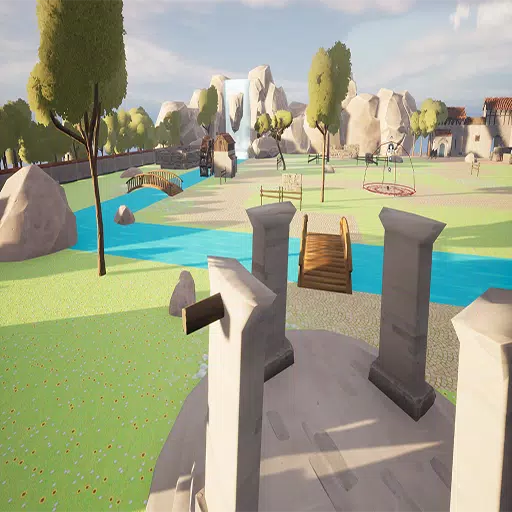Nvidia GeForce RTX 5090 Founders Edition Review
The Nvidia GeForce RTX 5090: A Next-Gen Leap Fueled by AI
Nvidia's latest flagship, the RTX 5090, ushers in a new era of PC gaming, but its performance gains are surprisingly nuanced. While raw performance improvements over the RTX 4090 are less dramatic than anticipated in many titles (excluding DLSS Frame Generation), the introduction of DLSS 4 dramatically alters the equation. This next-generation DLSS, encompassing both upscaling and frame generation, delivers unprecedented leaps in image quality and performance, surpassing typical generational advancements.
The RTX 5090's value proposition hinges heavily on your gaming habits: monitor resolution, refresh rate, and acceptance of AI-generated frames. For those with sub-4K displays or refresh rates below 240Hz, the upgrade is unlikely to justify the cost. However, high-end display owners will experience a glimpse into the future with the fluidity of AI-generated frames.
Nvidia GeForce RTX 5090 – Image Gallery

 5 Images
5 Images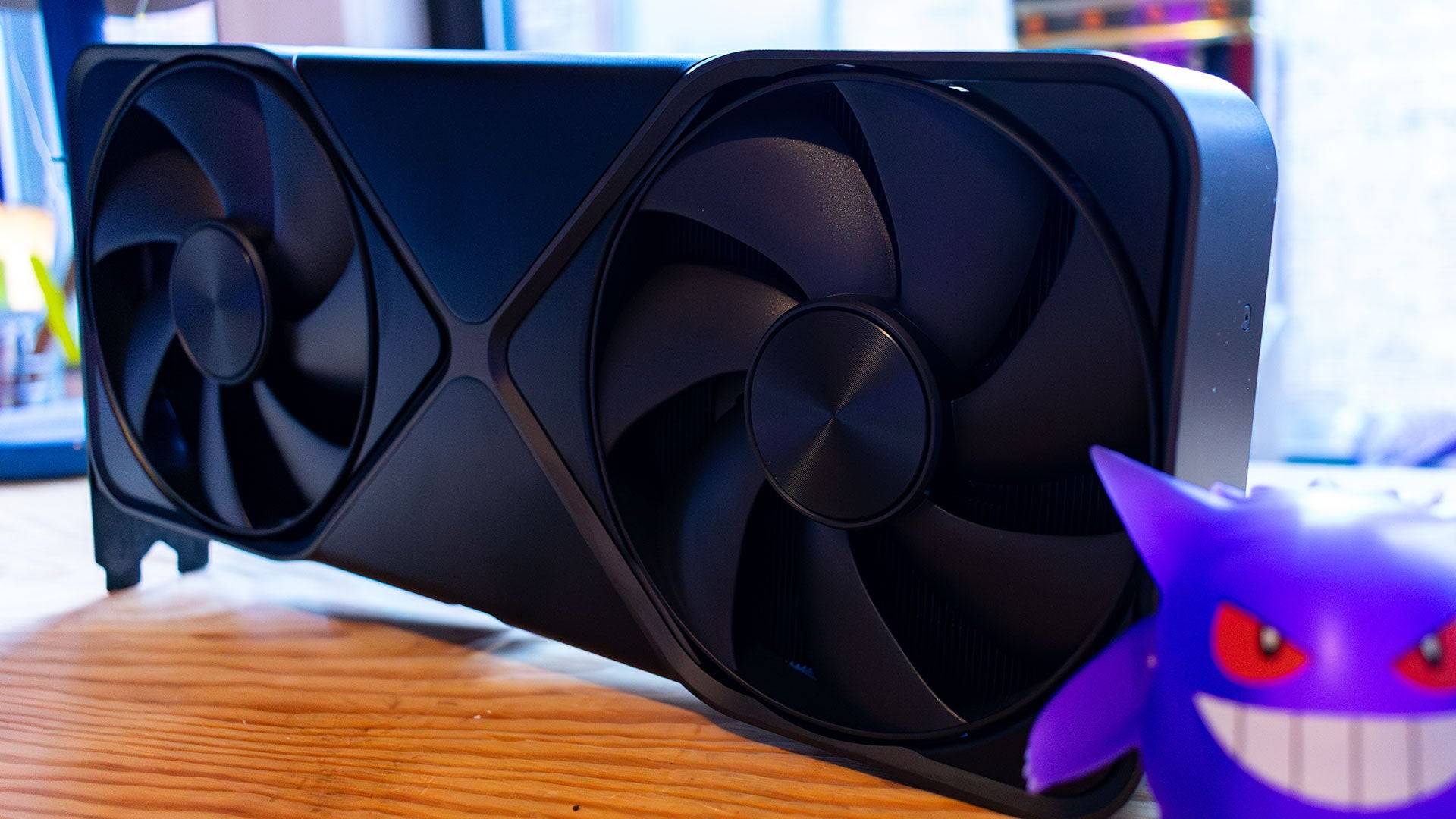


RTX 5090 – Specifications and Features
Built on Blackwell architecture—the same high-end architecture powering leading AI models—the RTX 5090 excels in AI-intensive tasks. However, Nvidia hasn't neglected non-AI aspects. The 5090 boasts increased Streaming Multiprocessors (SMs) within the same Graphics Processing Clusters (GPCs), resulting in a significant boost to CUDA cores (21,760, a 32% increase over the RTX 4090). This core count increase is the primary driver of raw gaming performance.
Each SM retains four Tensor Cores and one RT Core, mirroring its predecessor. The 5090 offers 680 Tensor Cores and 170 RT Cores, compared to 512 and 128 respectively in the RTX 4090. The 5th-generation Tensor Cores are optimized for AI performance, now supporting FP4 operations to reduce VRAM dependency in AI workloads.

The card features 32GB of GDDR7 VRAM, a generational leap from the RTX 4090's GDDR6X, promising speed and power efficiency improvements. However, with a power draw of 575W (significantly higher than the RTX 4090's 450W), power efficiency isn't a primary design focus.
The enhanced efficiency of the new Tensor Cores has enabled Nvidia to transition the DLSS algorithm to a Transformer Neural Network (TNN) from a Convolutional Neural Network (CNN). This shift doesn't necessarily increase frame rates with DLSS enabled, but Nvidia claims it enhances image quality and reduces artifacts.
Beyond this architectural change, Nvidia introduces Multi-Frame Generation, an evolution of the RTX 4090's Frame Gen technology. This refined approach is more efficient and smoother, generating multiple frames from each rendered image for a substantial frame rate increase. Similar to its predecessor, optimal performance requires a decent baseline frame rate before enabling this feature.
Purchasing Guide
The Nvidia GeForce RTX 5090 launched January 30th, starting at $1,999 (Founders Edition). Third-party models will likely command higher prices.
The Founders Edition
The RTX 5090's 575W power requirement necessitates robust cooling. Despite this, Nvidia has surprisingly created a smaller, dual-slot card with a dual-fan configuration. During testing (including demanding games with DLSS 4 and multi-frame generation enabled), temperatures peaked around 86°C at 578W power consumption—high, but not throttling.

This compact design is achieved by centrally positioning the PCB and utilizing a heatsink spanning the card's width, with fans drawing air from the bottom and exhausting it through the top. Unlike previous generations, there are no exhaust vents under the rear output ports.
The Founders Edition maintains a similar aesthetic to previous generations, featuring a silver 'X' design and a 'GeForce RTX' logo with white LEDs.

The card uses a new, supposedly more efficient, 12V-2x6 power connector (with an included adapter requiring four 8-pin PCIe power connectors). The angled connector, facing the rear, improves cable management and appears more secure.
This design allows compatibility with smaller PC cases, unlike its predecessors. However, third-party versions will likely be larger.
DLSS 4: Beyond "Fake Frames"
Nvidia initially claimed up to 8x performance boosts with DLSS 4. While not reaching those heights, the RTX 5090 achieves exceptionally high frame rates in demanding games, primarily through frame generation. While raw rasterization performance improves, the true next-gen advantage lies in AI-generated frames.
DLSS 4's Multi-Frame Generation surpasses its predecessor by utilizing a new AI Management Processor (AMP) core. The AMP efficiently distributes tasks across the GPU, traditionally handled by the CPU, resulting in a 40% faster frame generation model requiring 30% less memory. This model generates three AI frames per rendered frame. A Flip Metering algorithm mitigates latency issues.
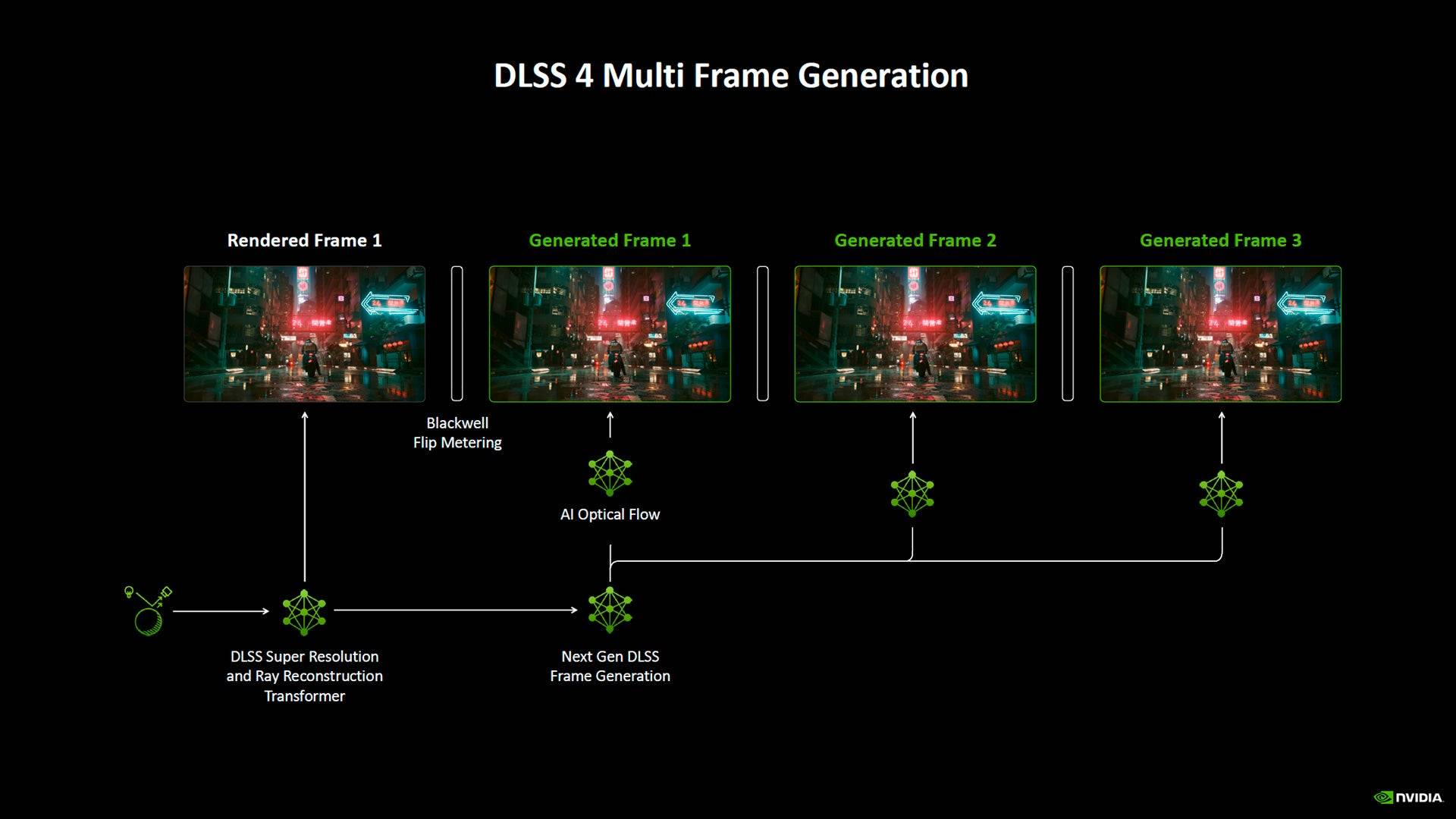
This isn't a magic bullet; optimal results require a sufficient baseline frame rate (around 60fps without Frame Gen). Pairing with DLSS upscaling maximizes performance.
At launch, DLSS 4 supported a wide range of games already compatible with DLSS 3 Frame Generation. Testing revealed impressive results in Cyberpunk 2077 and Star Wars Outlaws (beta builds), with frame rates significantly boosted by Multi-Frame Generation, demonstrating its effectiveness with minimal artifacts.

RTX 5090 – Performance Benchmarks
The RTX 5090 is exceptionally powerful, but testing revealed complexities. 3DMark benchmarks showed significant generational improvements over the RTX 4090. However, in many games, a CPU bottleneck limited performance gains, even at 4K, even when paired with a Ryzen 7 9800X3D. For many high-end GPU owners, the upgrade may not be transformative. This card is a future-proofing investment for upcoming titles.
Benchmarks were conducted without DLSS 4 (using public drivers: Nvidia 566.36, AMD Adrenalin 24.12.1).
- 3DMark: Up to 42% faster than RTX 4090.
- Call of Duty Black Ops 6 (4K Extreme, DLSS Performance): 10% performance increase over RTX 4090.
- Cyberpunk 2077 (4K, Ray Tracing Ultra, DLSS Performance): 10% performance increase over RTX 4090.
- Metro Exodus: Enhanced Edition (4K Extreme, DLSS Disabled): 25% performance increase over RTX 4090.
- Red Dead Redemption 2 (4K Max, DLSS Performance): 6% performance increase over RTX 4090.
- Total War: Warhammer 3 (4K Max): 35% performance increase over RTX 4090.
- Assassin's Creed Mirage (4K): Performance varied significantly, potentially due to driver issues.
- Black Myth: Wukong (4K Cinematic, DLSS 40%): 20% performance increase over RTX 4090.
- Forza Horizon 5 (4K Max): Minimal difference compared to RTX 4090.
Nvidia GeForce RTX 5090 – Benchmark Charts
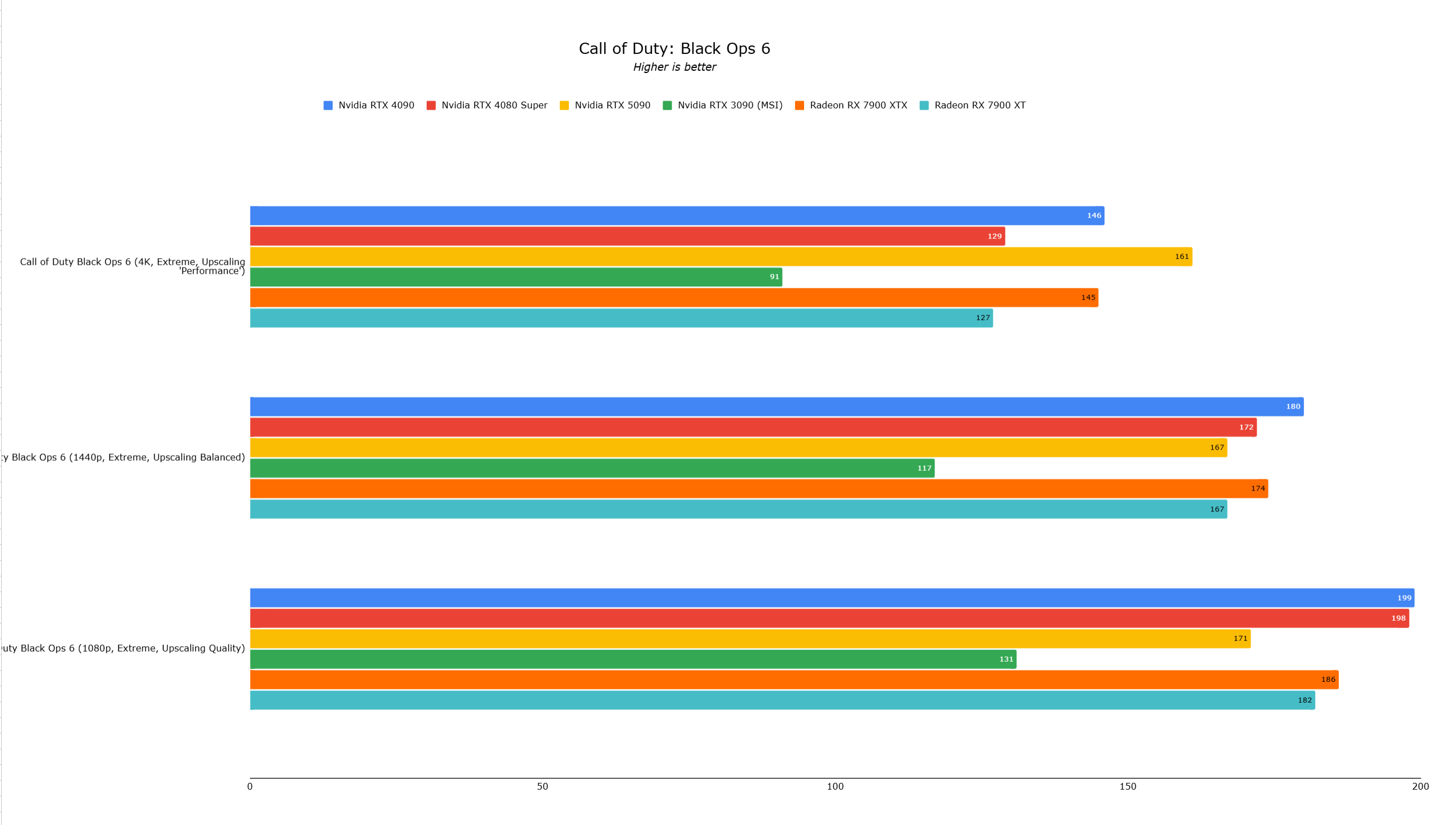
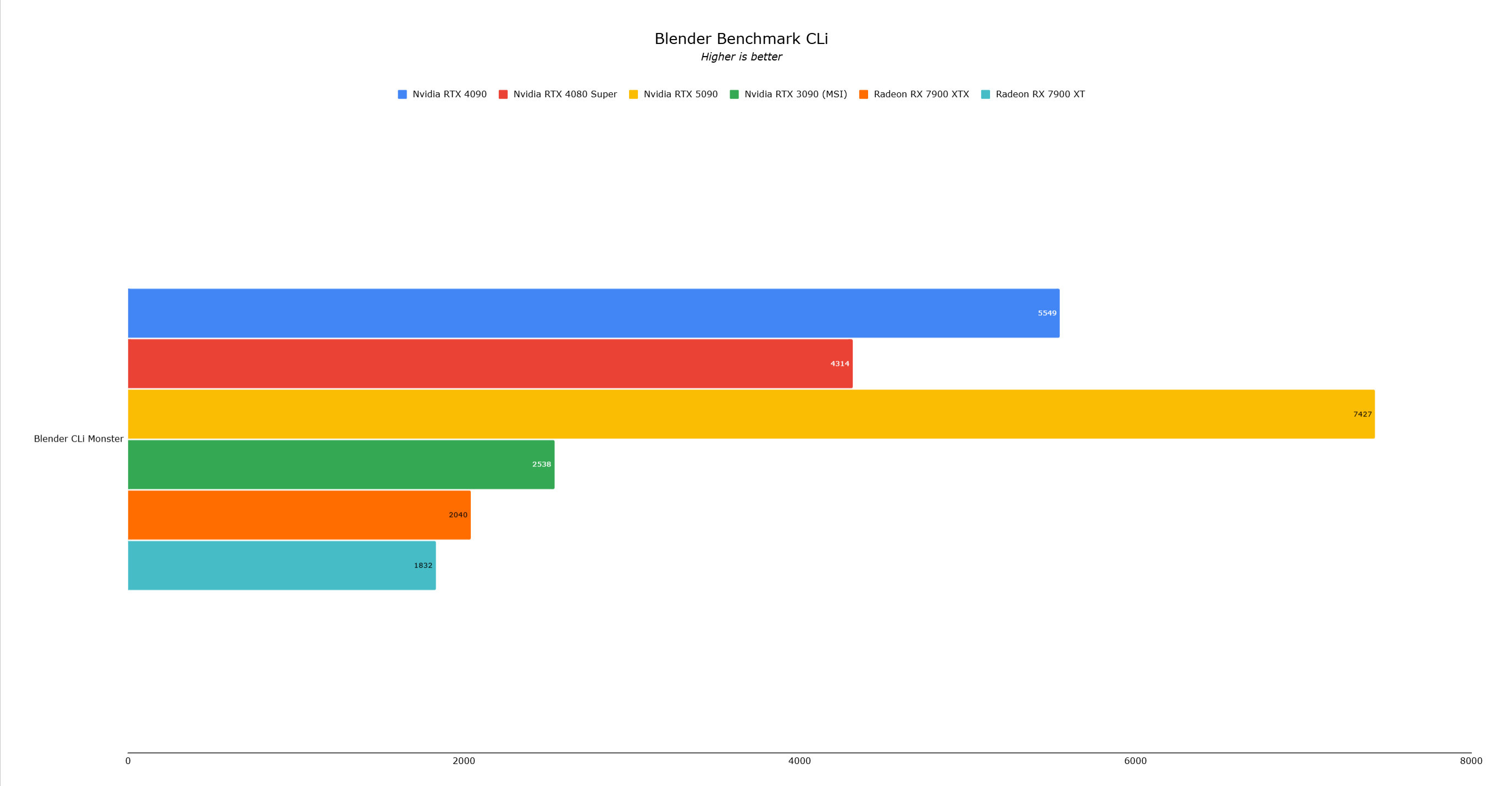 14 Images
14 Images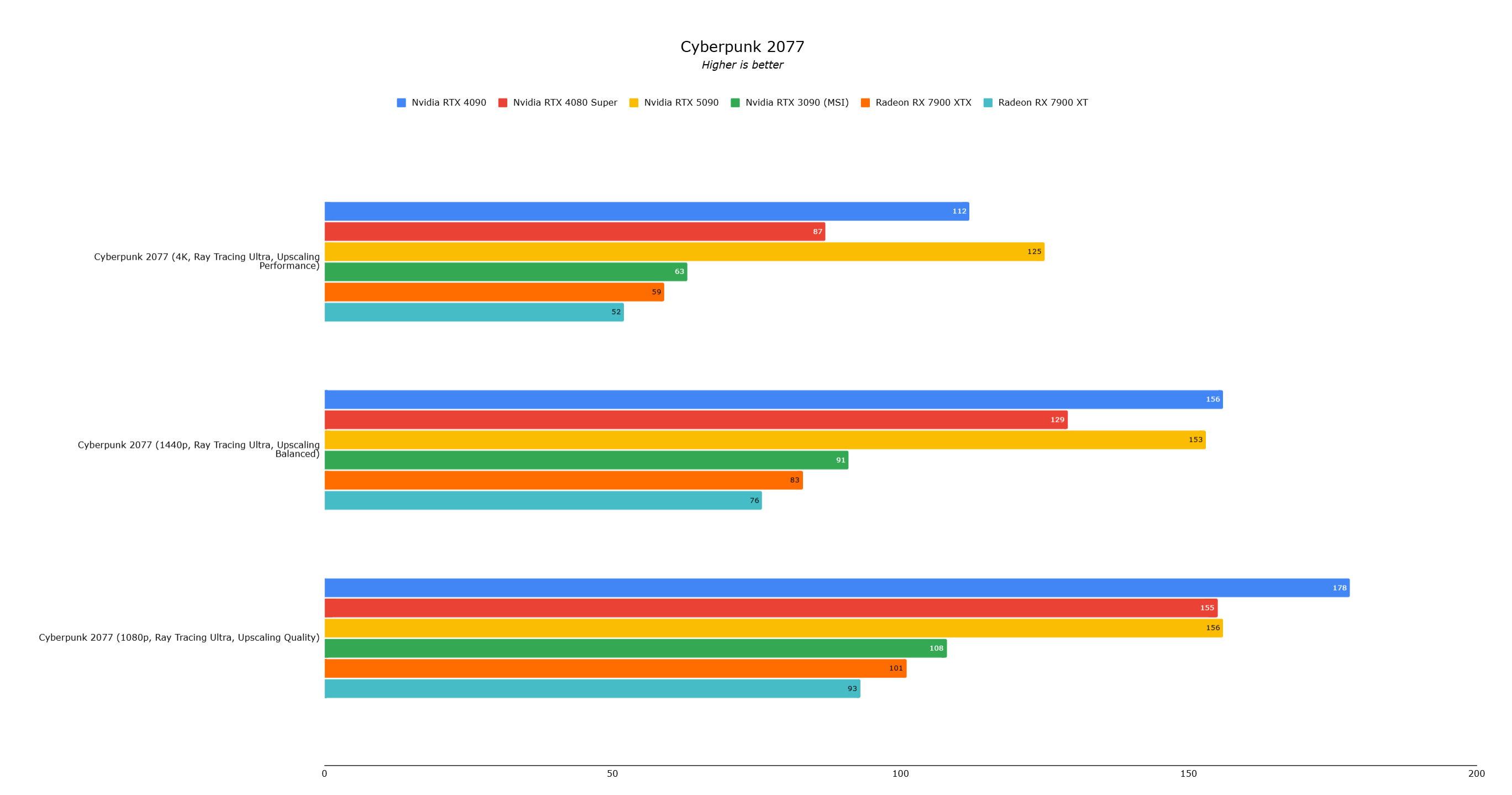
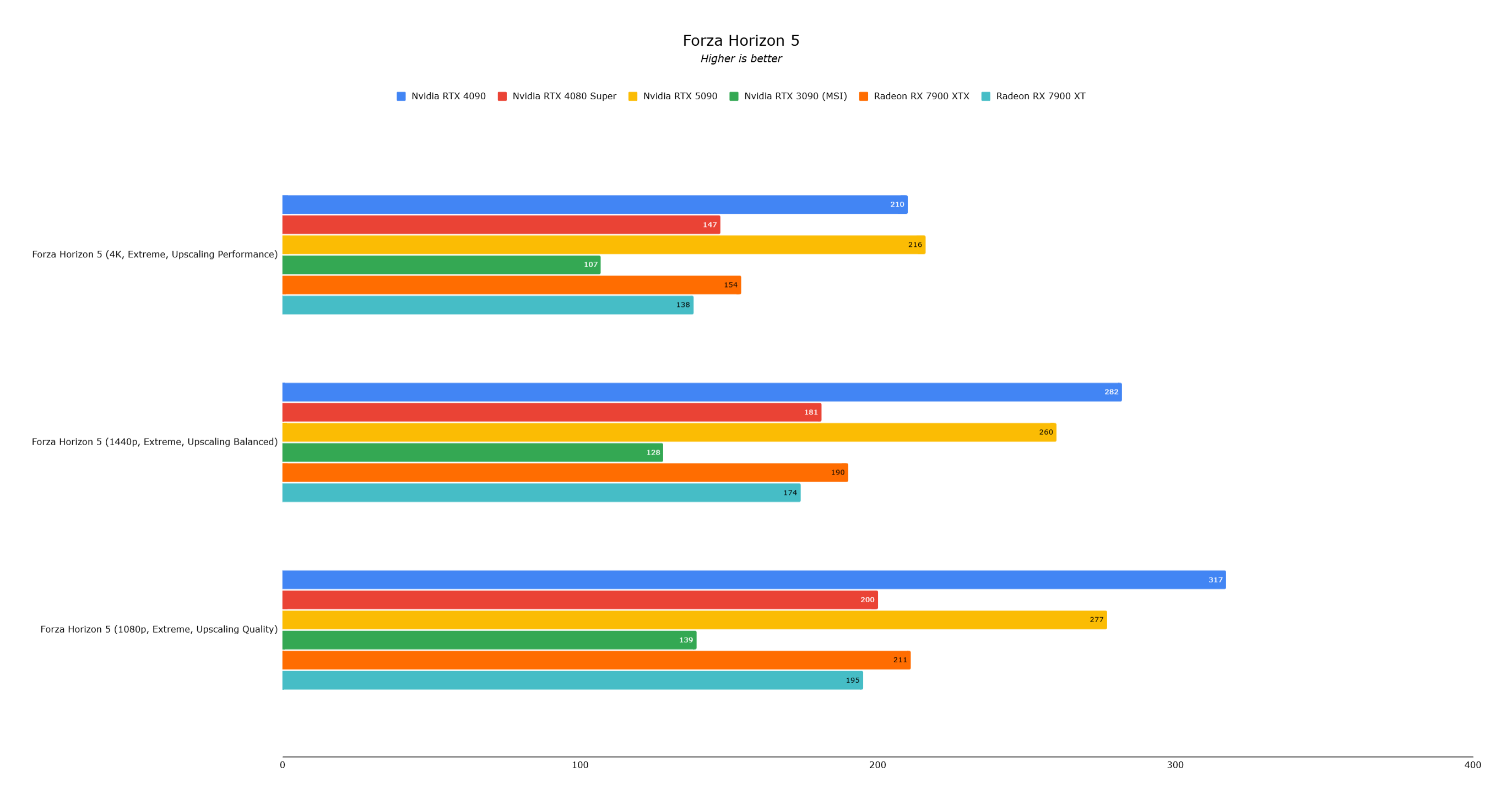
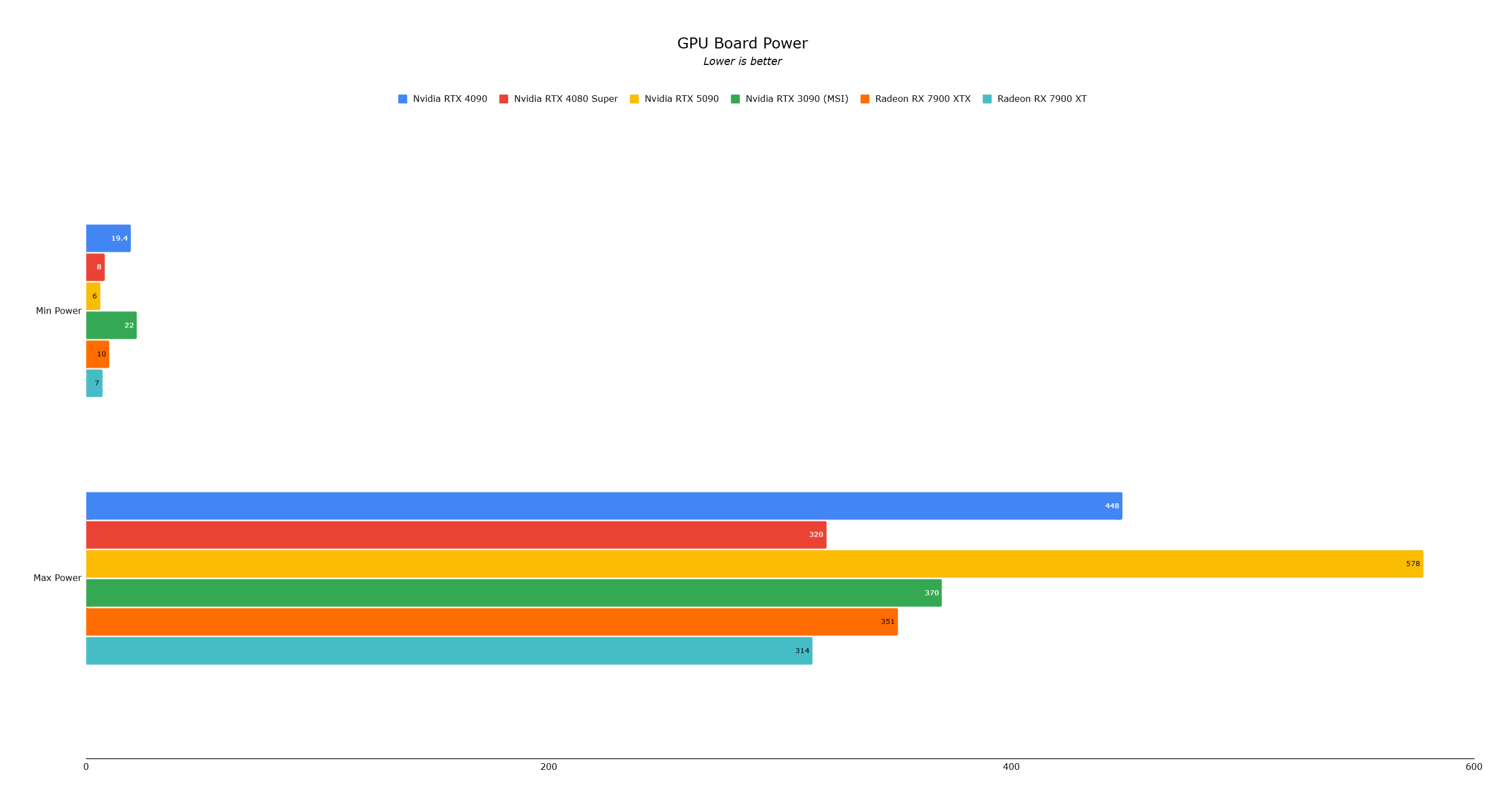
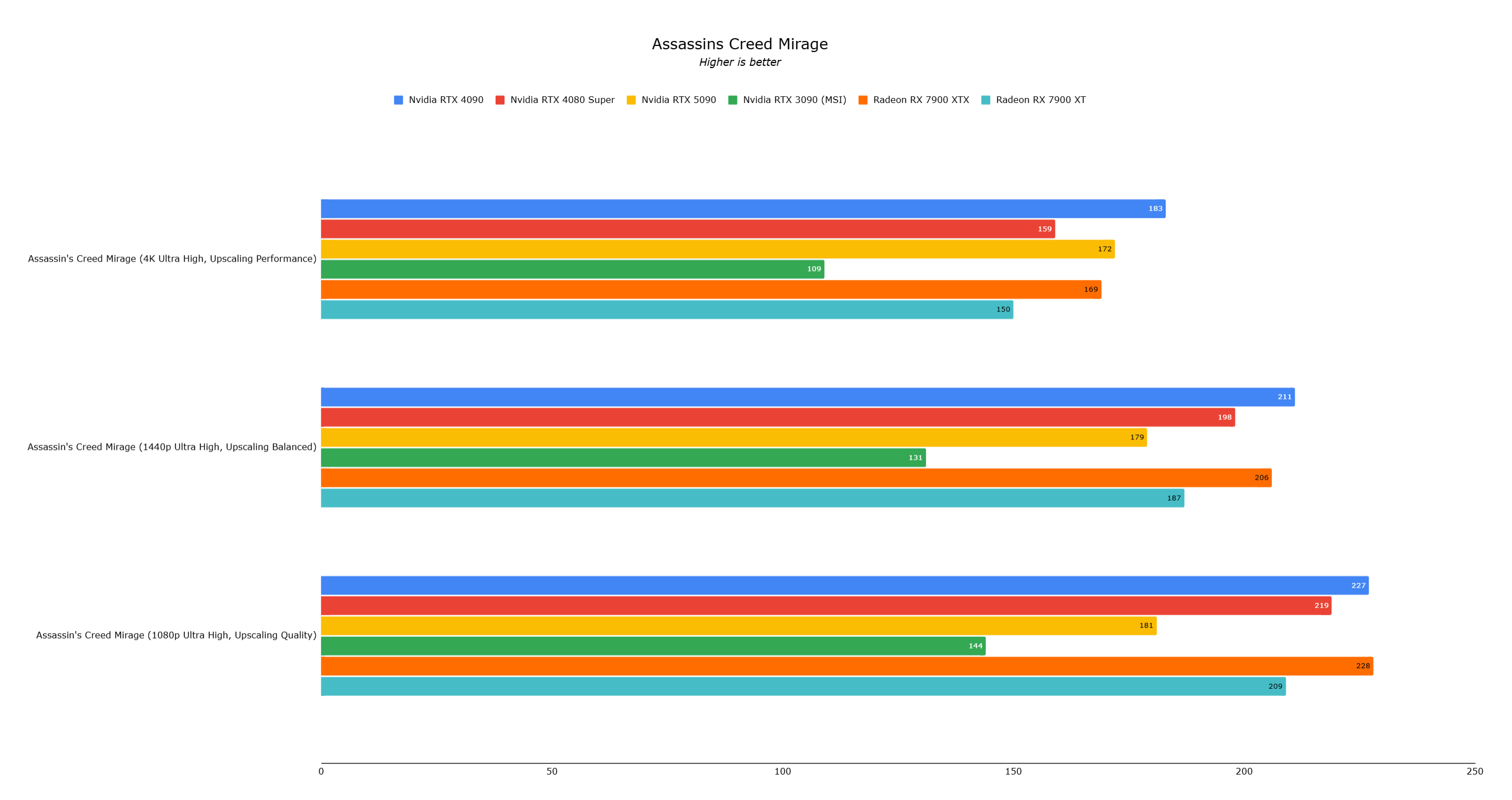
Conclusion
The RTX 5090 is undeniably the fastest consumer GPU, but its performance gains over the RTX 4090 are often modest in current games due to CPU bottlenecks. Its strength lies in its AI-powered future. DLSS 4's frame generation is impressive for high-refresh-rate, high-resolution displays. While not a necessary upgrade for most RTX 4090 owners, it represents a significant leap for those seeking cutting-edge technology and willing to invest in an AI-driven gaming experience. The RTX 4090 remains a powerful option for several more years.
AnswerSee ResultsLatest Articles












![Roblox Forsaken Characters Tier List [UPDATED] (2025)](https://images.dyk8.com/uploads/18/17380116246797f3e8a8a39.jpg)











